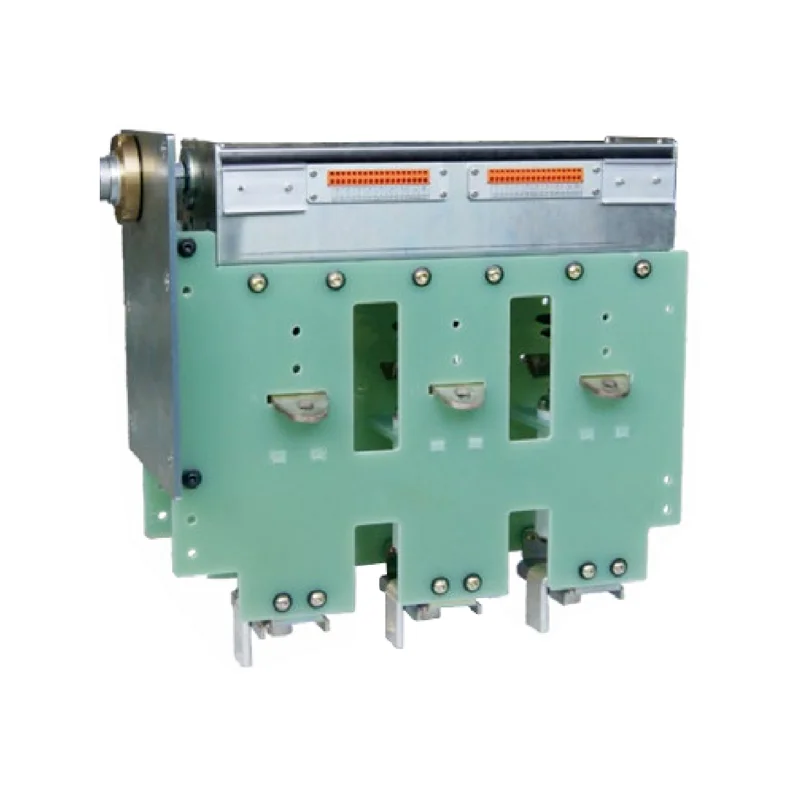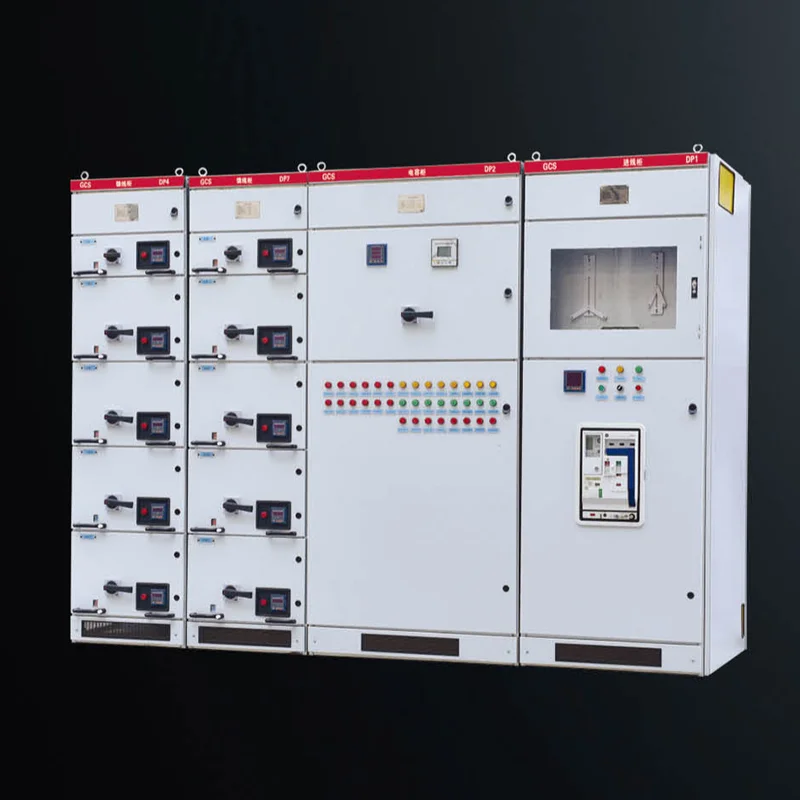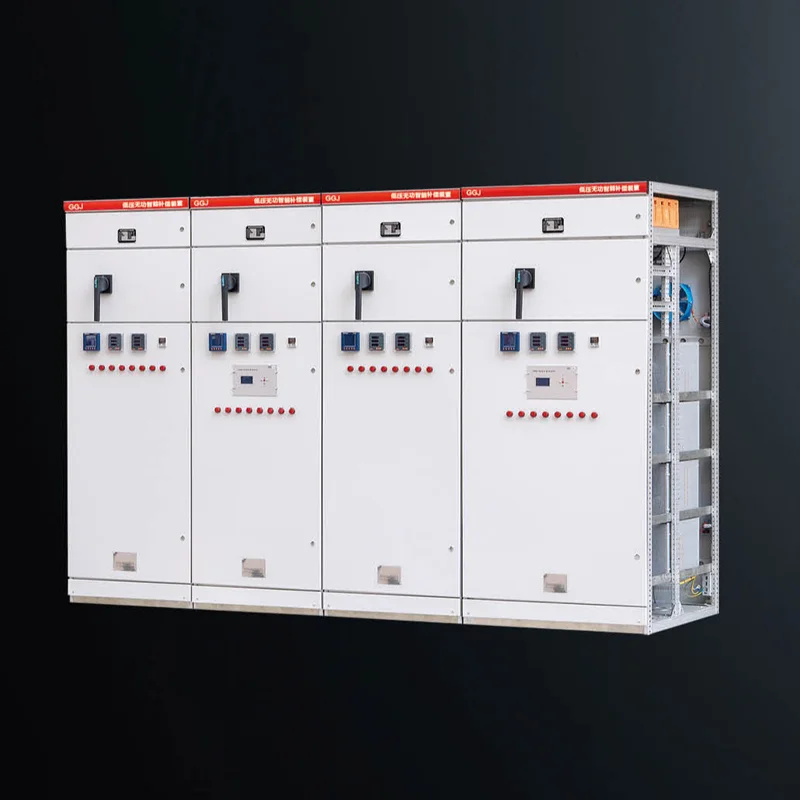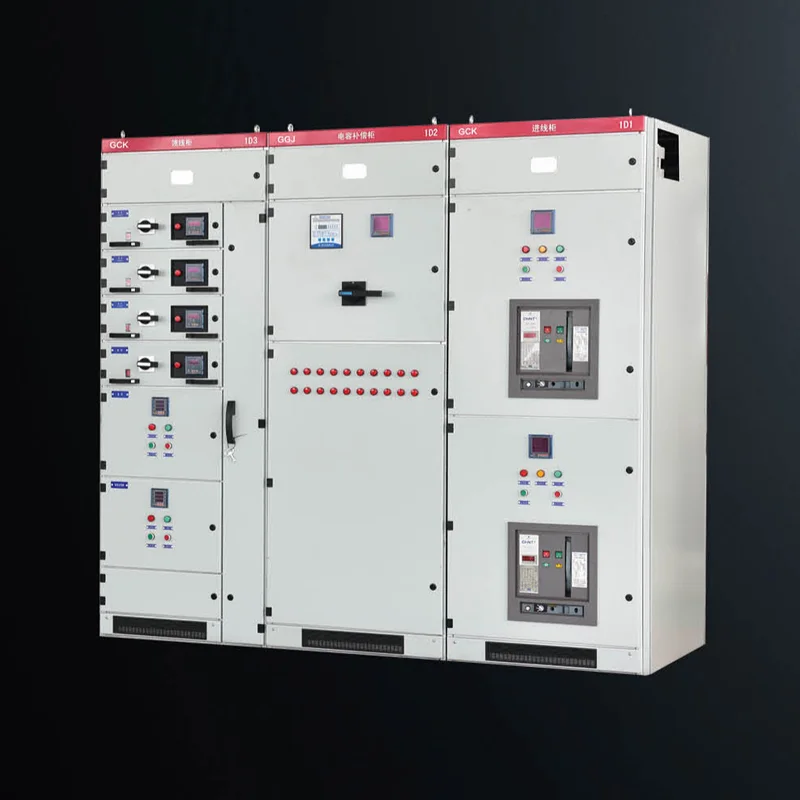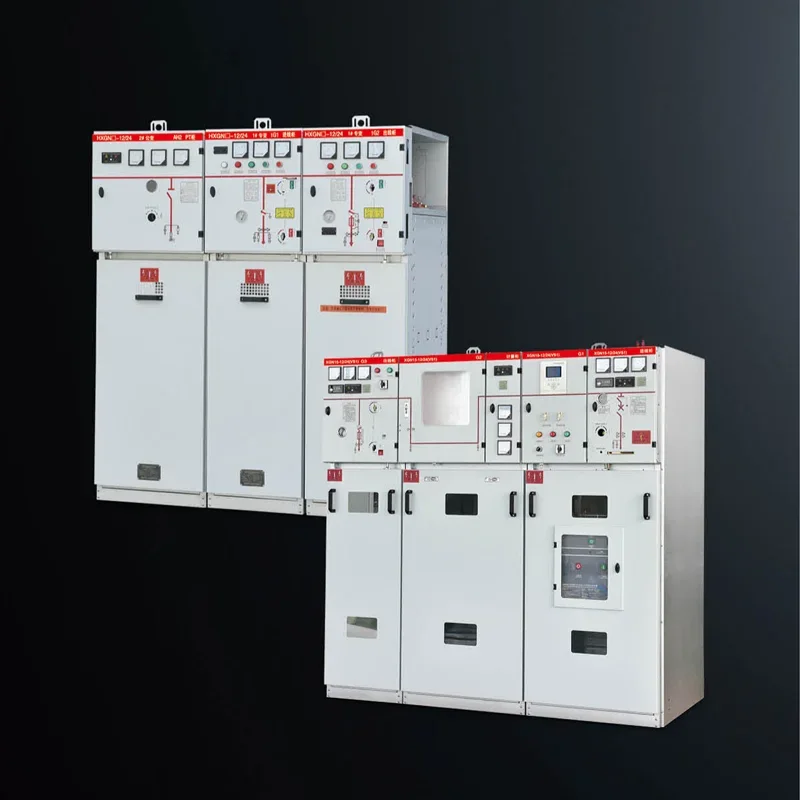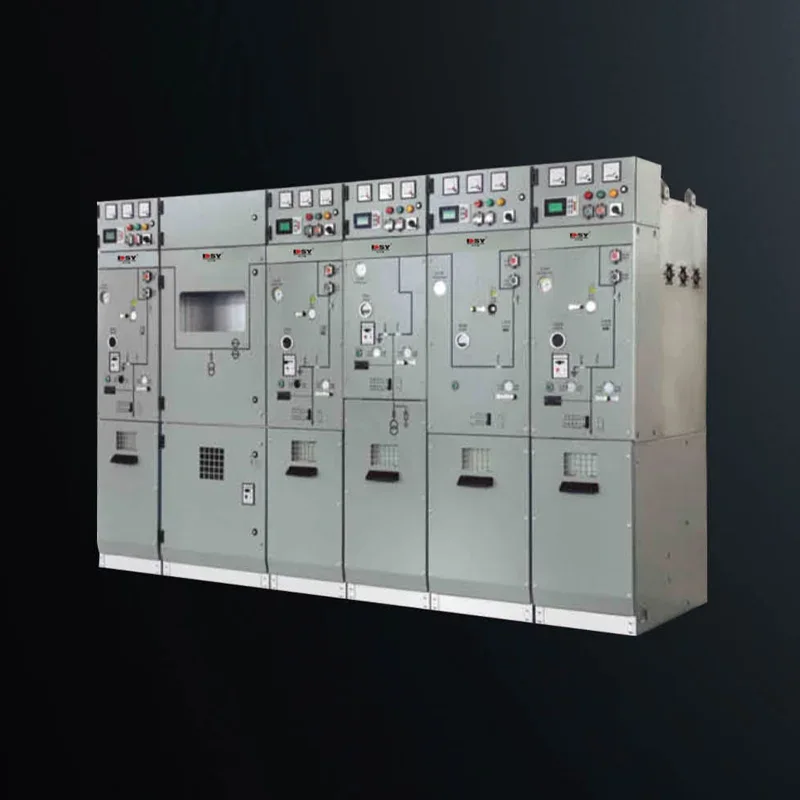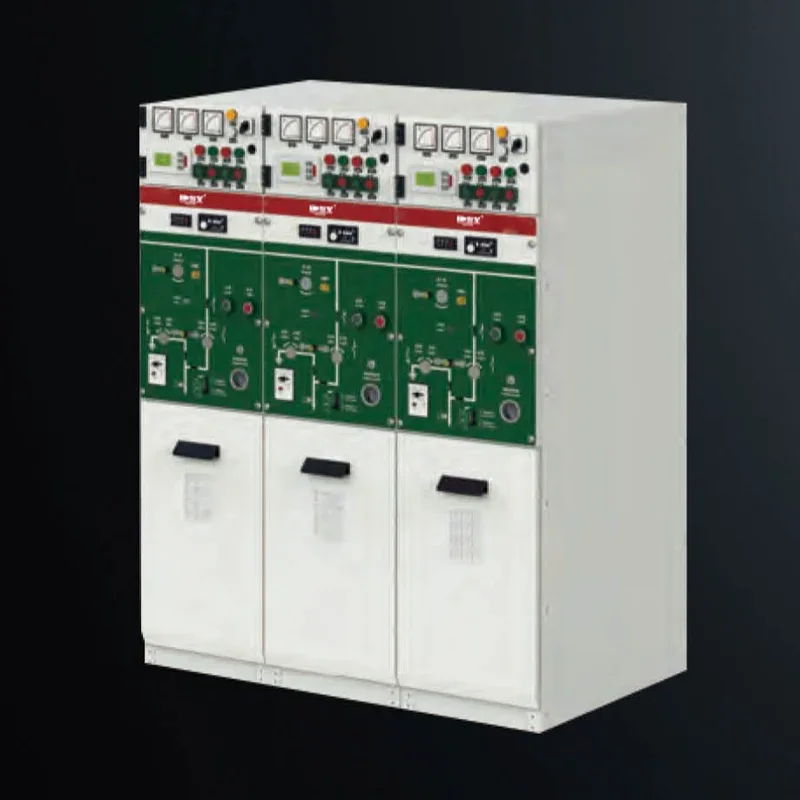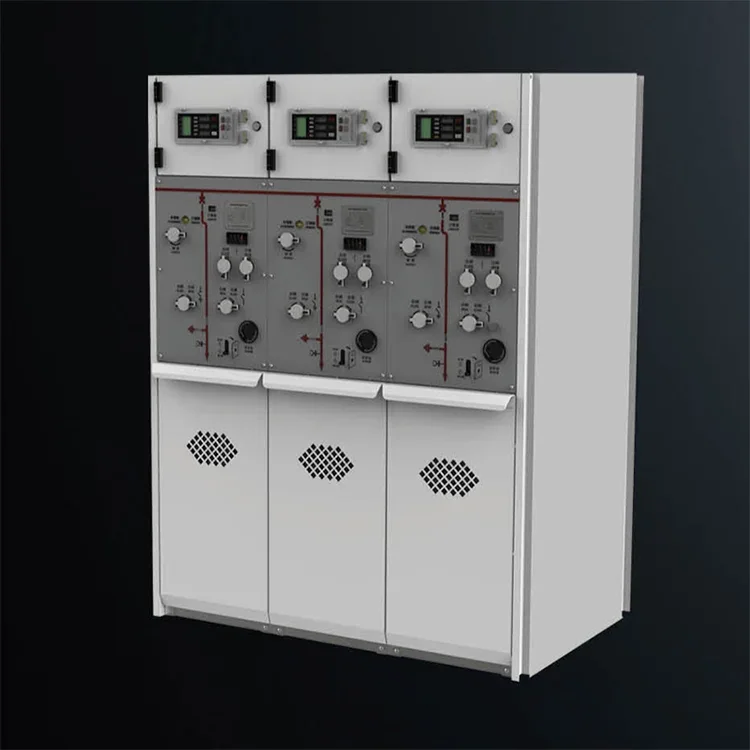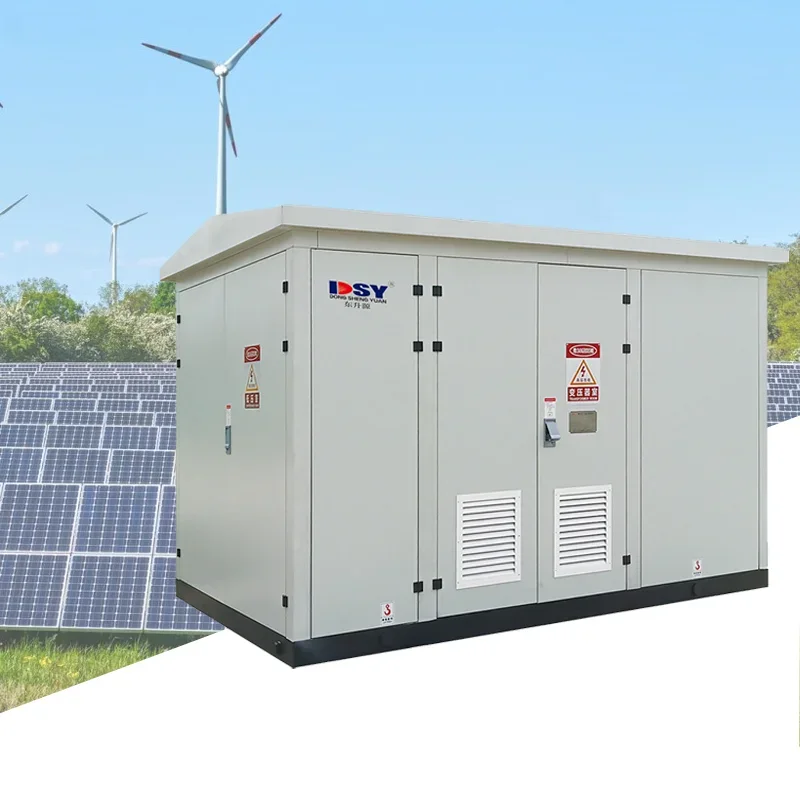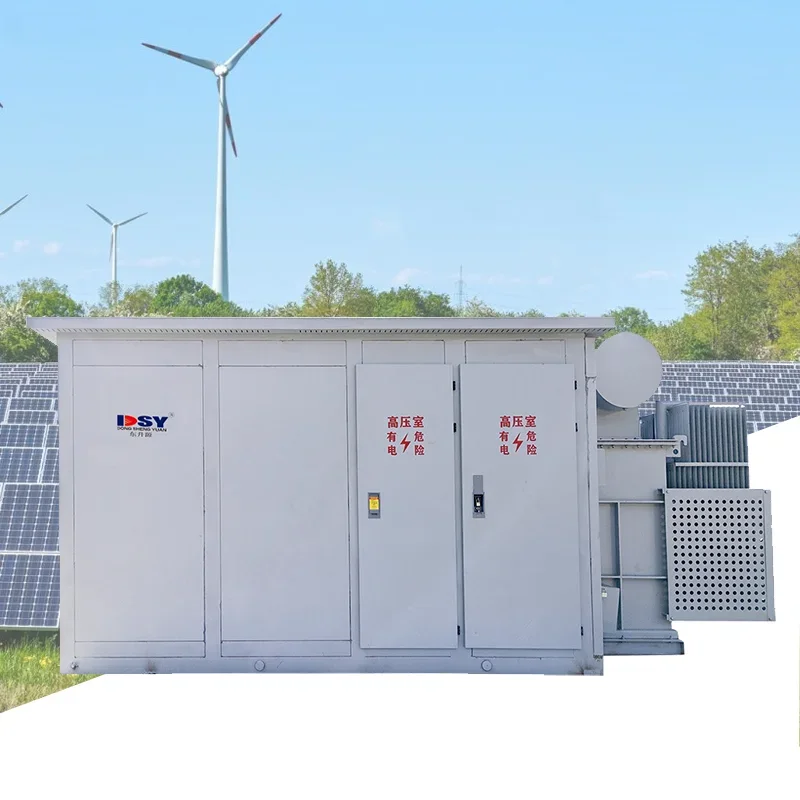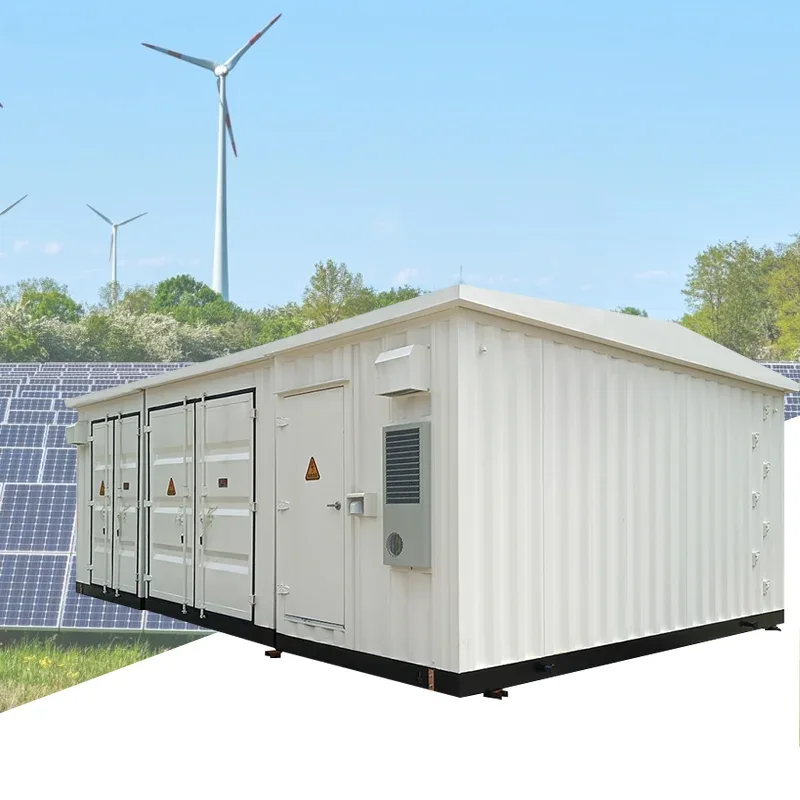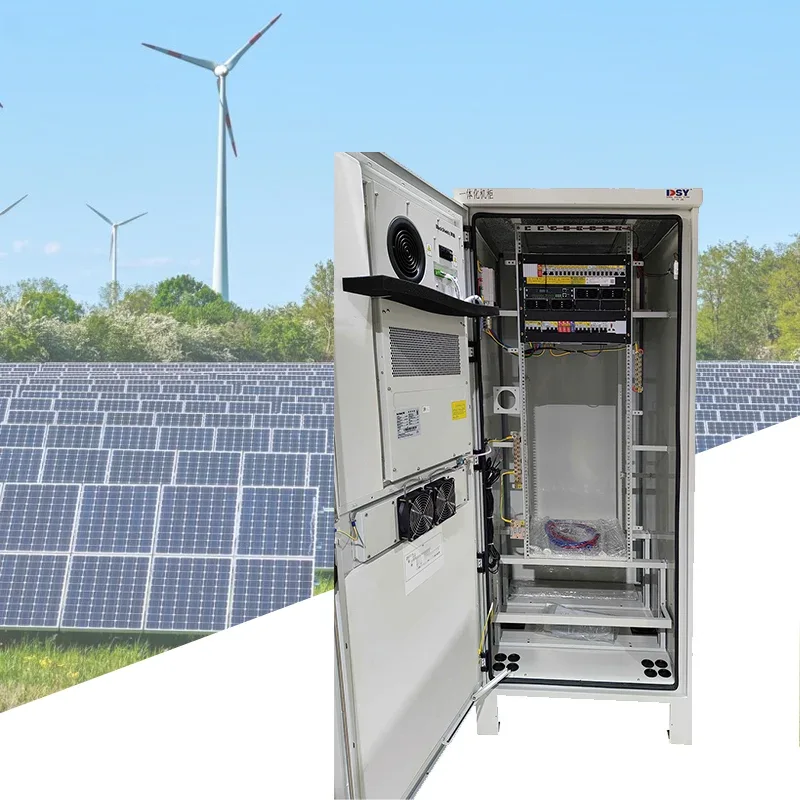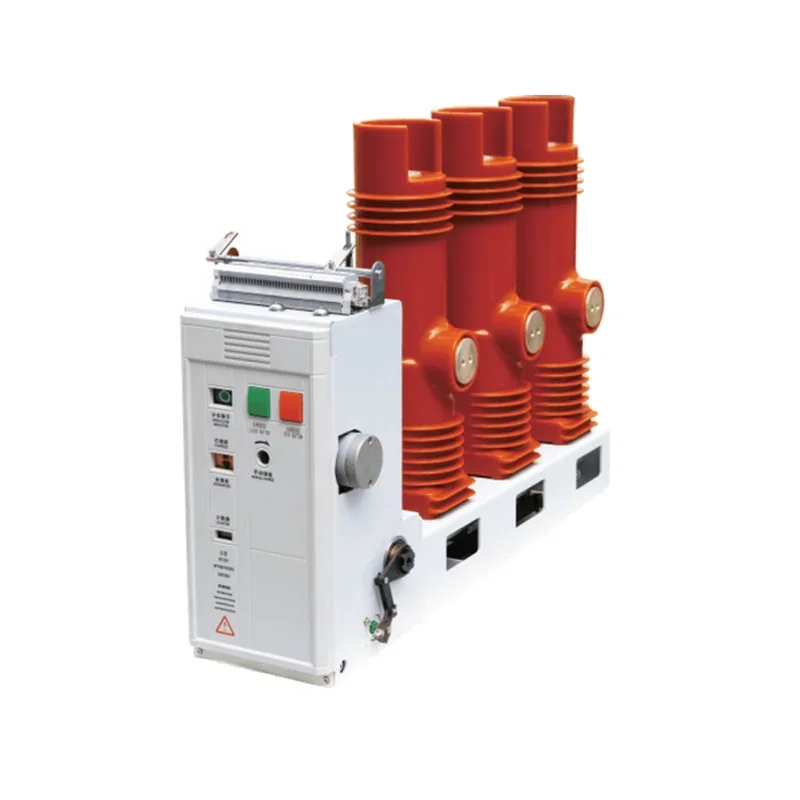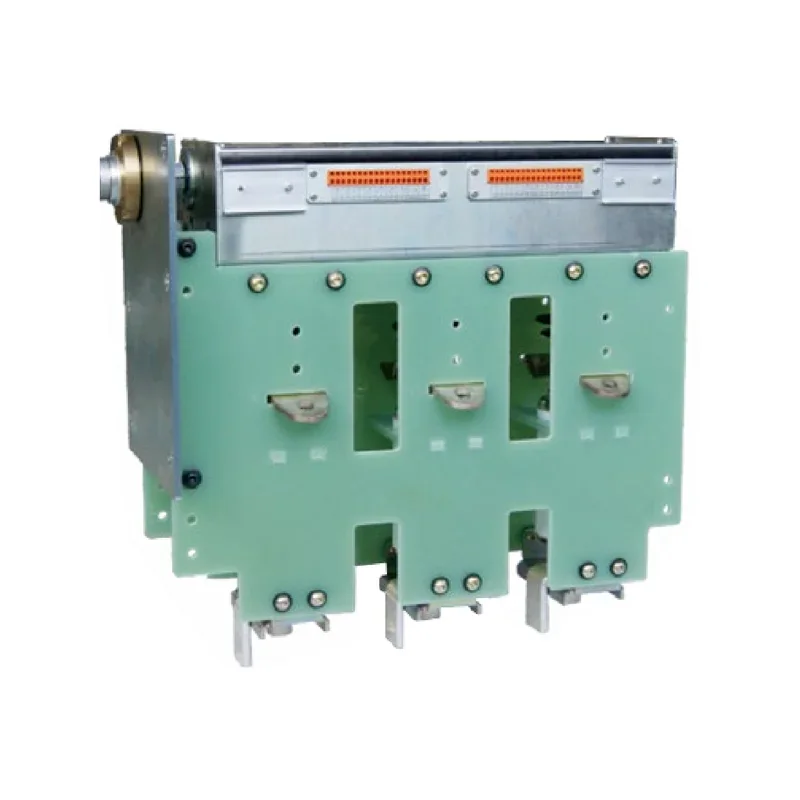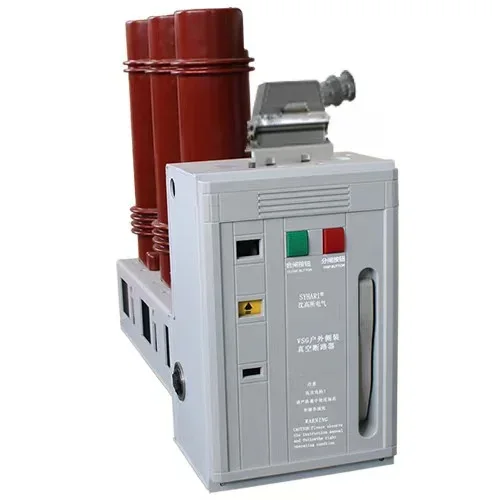Understanding Switchgear Distribution: A Key Component in Electrical Systems
Switchgear distribution refers to a combination of electrical devices that are used to control, protect, and isolate electrical equipment within a power system. It forms a vital part of the electrical infrastructure, ensuring that electricity is transmitted and distributed safely and efficiently from generation points to end users. Understanding the role of switchgear is essential for anyone invol
May 09,2025
One of the primary functions of switchgear is to control the flow of electricity through circuits. It allows operators to switch on or off electrical systems as needed, providing flexibility in power management. In addition, switchgear distribution is instrumental in protecting electrical equipment from overloads and faults. By detecting anomalies in the electrical current, switchgear can automatically disconnect faulty sections of a circuit, preventing damage to transformers and other components.
In the context of transformers, particularly distribution transformers, switchgear distribution becomes even more critical. Distribution transformers are responsible for stepping down high voltage electricity to a usable level for residential and commercial consumers. The switchgear associated with these transformers ensures that they operate within safe parameters and can respond effectively to any electrical issues that may arise.
Moreover, the integration of modern technology in switchgear distribution, such as smart grid systems, has enhanced its functionality. Smart switchgear can provide real-time monitoring and diagnostics, allowing for proactive maintenance and reducing the risk of outages. This technology helps utilities optimize their resources and improve the reliability of electrical supply.
When discussing switchgear distribution, it is also important to consider the various types available, including air-insulated, gas-insulated, and hybrid switchgear. Each type has its specific applications and advantages, depending on the requirements of the electrical system. For example, gas-insulated switchgear is often used in areas with space constraints due to its compact design.
In summary, switchgear distribution is a foundational component of modern electrical systems, particularly in the management of distribution transformers. Its critical roles in controlling electrical flow, protecting equipment, and adapting to technological advancements highlight its importance in maintaining electrical safety and efficiency. As the demand for reliable power supply continues to grow, understanding switchgear distribution will become increasingly vital for industry professionals and stakeholders.
Related News
The difference between circuit breakers and vacuum circuit breakers
Circuit breaker is an abbreviation for pole type circuit breaker. Circuit breakers are also vacuum circuit breakers
Voltage regulators are required for various places that require voltage control, such as controlling lighting

